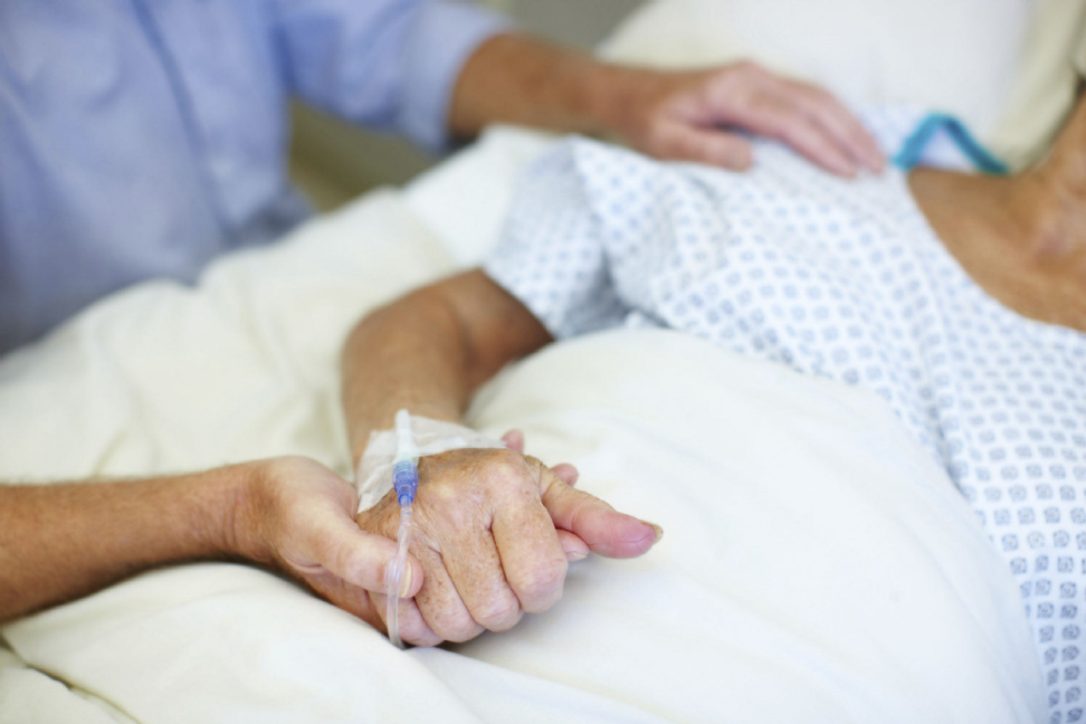Source: The Virginia Pilot
By Tom Steffens
When I was on active duty, one of the key tenets of our Navy SEAL Creed was, “Leave no one behind.”
I see this same principle alive across our commonwealth as civil society and our public servants work tirelessly to support our 700,000 veterans every day. Despite that extraordinary effort, we all know that the men and women who valiantly served our country are at a higher risk for suicide.
However, during this recently concluded legislative session, there were discussions again about legalizing assisted suicide in our commonwealth. If somehow we Virginians allowed that to become a public policy, many veterans would be put at great risk, again. That can’t stand.
Our national suicide rate for non-veterans is 16.2 for every 100,000 people; our veteran suicide rate is 30 per 100,000. And female veterans are more than twice as likely to die by suicide compared to their civilian counterparts. Veterans and their families already fight to overcome many challenges including PTSD, TBI, debilitating wounds and injuries and the ever-present bureaucracy. Never should they have to contend with the slippery slope of a statewide, government-sanctioned assisted-suicide program. Yet such a law would lead us in that direction.
The statistics on veteran suicide in Oregon, where this has been the law for over 20 years, give us clear indication that an increase in our veteran mortality rates is exactly what Virginia lawmakers would be signing us up for. Since establishing that public policy in Oregon, their veteran suicide rate has —alarmingly — remained well above the national average. In 2014, 2015 and 2016 the veteran suicide rates in Oregon were 39.8, 37.2 and 39.4 respectively. The corresponding national rates during those same years was 29.7, 29.7 and 30.1. Legalized assisted suicide will surely lead to higher veteran suicide rates in Virginia as well. These are real lives and real families, not just another set of statistics.
On the treatment side, there is another impact. For veterans at risk for suicide, counseling with trusted physicians or psychologists is so crucial. Just ask any vet. However, if assisted suicide is an option, the trust between patient and physician is immediately undermined.
We veterans live on trust. Like all patients, we must be confident that our physicians have our best interests at heart and that our doctors’ goal is healing, not death.
If you have been involved at all with our vets, you have seen firsthand the exceptional work that is being done to assist veterans. Organizations such as the DAV, AMVETS, Team Red White and Blue, the Semper Fi Association and the Navy SEAL Foundation have programs that provide care and comfort for veterans as they reenter civilian community. The tireless efforts I’ve witnessed at VA hospital poly-trauma wards and burn clinics, where our veterans and their families fight to regain their lives, takes your breath away.
Every life has value. Every life is fought for. This is real courage.
I implore Gov. Ralph Northam, a doctor and a veteran, and our Virginia delegates and senators — including veterans on both sides of the aisle — to act with that same courage. As you rise to speak on the floor next session, be clear that legalizing any type of assisted suicide is contrary to what Virginians stand for. Use your authority and power to defend and care for our vulnerable citizens, not to hasten death. Leave no one behind.
Rear Adm. Tom Steffens, U.S. Navy (retired), was a Navy SEAL for 34 years. He spent 23 of those years stationed in Virginia Beach, Norfolk and northern Virginia. He currently serves as the founding vice president of the Exalted Warrior Foundation.
